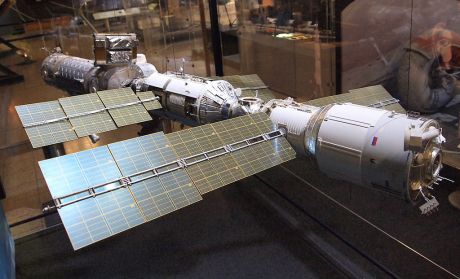Small and medium-sized enterprises (SMEs) form the backbone of the European economy, providing a potential source for growth. An EU-funded initiative aims to demonstrate that SMEs can also be players in the space technology sector.
Large-scale system integrators use nanosatellites (with a mass between 1
and 10 kg) as technology test beds but SMEs have focused on
nanosatellite solutions. Many SMEs already provide components and
subsystems as part of their product portfolio.
The EU-funded project
SME-SAT (Small and medium enterprise satellite) brought together one of the largest SME-based consortiums ever to qualify a broad range of technologies for space. Systems and subsystems have been integrated into a nanosatellite.
Each SME in the consortium was responsible for contributing a particular spacecraft system, including attitude determination and control systems, star trackers and magnetometers. A 3U commercially available off-the-shelf (COTS) structure of 100 mm x 100 mm x 340.5 mm was used to house them.
Inside the structure, sensors were connected to common PC-104 boards that interface with the rest of the nanosatellite bus. The majority of the payload is internal except for the accelerometers and gyroscopes. These were placed on a deployable boom that will move them about 30 cm away from the nanosatellite.
SMEs have always cooperated closely with academics as this new generation of entrepreneurs' are mostly university alumni. The SME-SAT project represents a unique space mission, fostering new alliances between SMEs, universities and large-scale system integrators.
The SME-SAT Cube Sat will be placed in Sun-synchronous orbit at an altitude of 400 or 600 km above the surface of the Earth. It will be launched 'piggyback', using excess capacity of the launch vehicle as part of a larger satellite mission. The sensors' performance will then be evaluated against measurements collected on the ground.
By the end of the SME-SAT project, a series of sensors manufactured in Europe is expected to be at the top of the technology readiness level scale.

